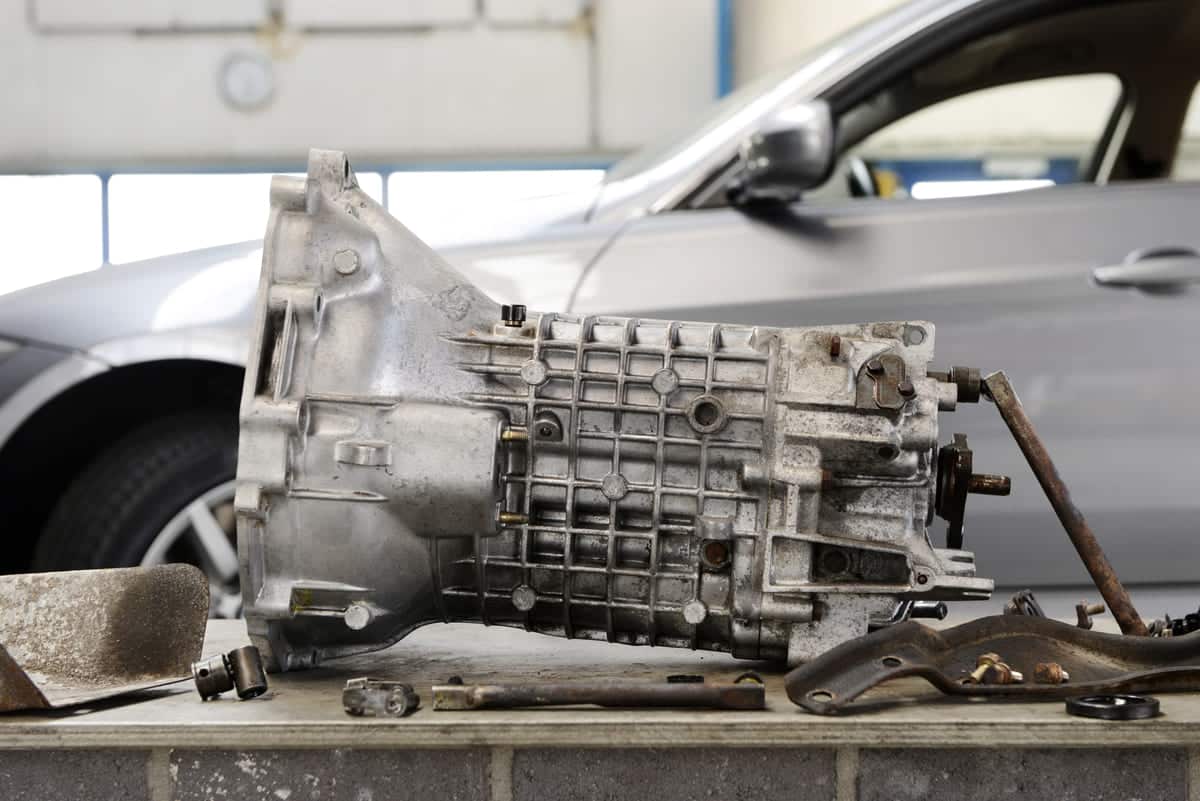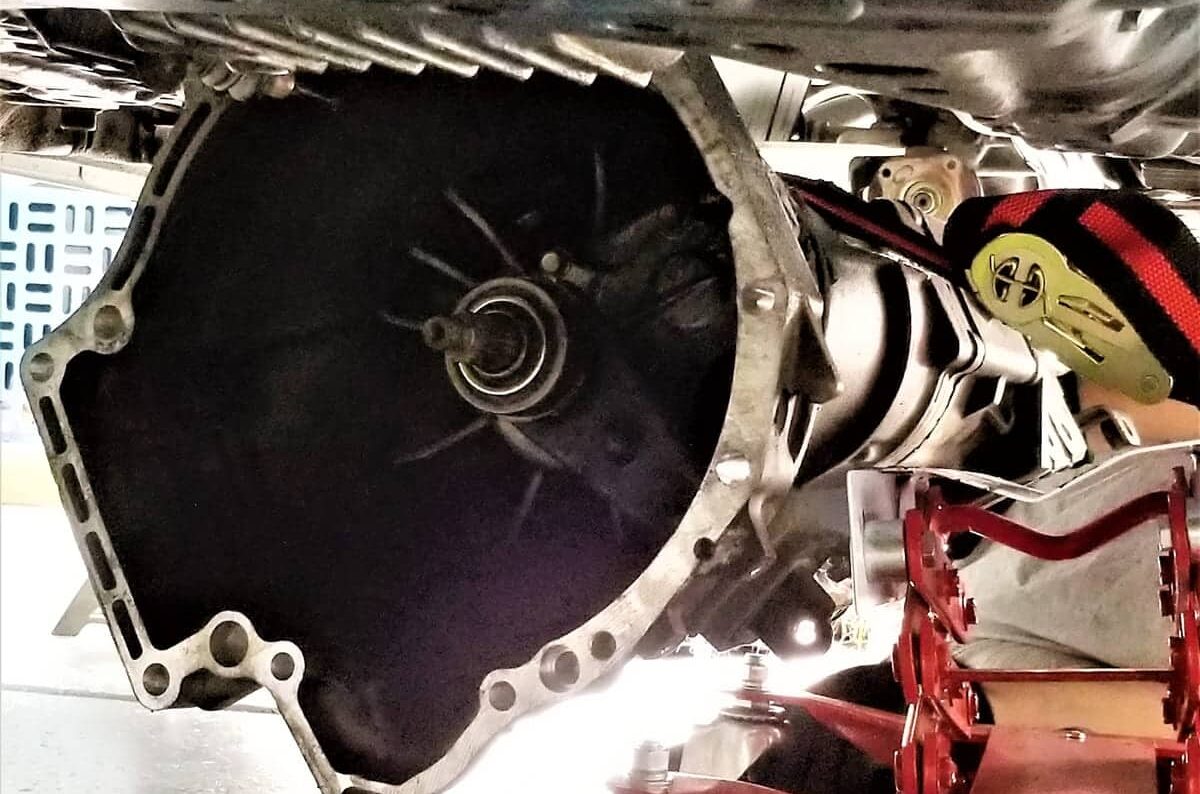How Do You Diagnose Ford Explorer Transmission Issues?
Diagnosing early can save Ford Explorer owners time, and money and prevent bigger mechanical problems down the road. Transmission problems are one of the most common problems for the Ford Explorer, affecting performance and safety. Whether it’s a simple fluid check or a deeper dive, knowing the signs and what to look for can make all the difference.

This will walk you through simple steps to identify transmission problems in your Ford Explorer, from basic inspections to advanced diagnostics. Follow this and you can fix minor issues before they become major.
What is a Transmission?
The is one of the most critical parts of your Ford Explorer, it delivers the engine power to the wheels. This system allows your vehicle to shift gears smoothly, so you can accelerate and decelerate. In simple terms, it’s a bridge between the engine and the wheels, so the right amount of power goes to the wheels based on your speed.
Ford Explorers can have 2 types of transmissions:
- – Shifts gears automatically based on speed and load, no need to shift gears manually.
- – Drivers can control gear shifts manually using a clutch pedal and gear lever, although this is less common in newer Explorer models.
Some Signs of Transmission Problems
Recognizing early signs of transmission trouble can prevent bigger repairs down the road. Here are some common signs Ford Explorer owners should look out for:
- Delayed or Rough Shifting: If you feel hesitation or a jerk when shifting gears, this could be wear and tear on the transmission. Rough shifting can also be low or dirty transmission fluid which affects performance.
- Slipping Gears: When your Explorer’s transmission slips out of gear or won’t stay in gear it may feel like a loss of power. This is often low transmission fluid, worn-out clutch plates, or a failing torque converter.
- Strange Noises: Grinding, whining or humming sounds coming from under the hood when shifting gears or accelerating means potential transmission problems. These noises mean worn or damaged internal parts.
- Burning Smells: A burning smell while driving means overheating transmission fluid. This is when fluid levels are low or the fluid is old and dirty, it can’t lubricate and cool the transmission.
- Transmission Fluid Leaks: If you see red or brown spots on your , this means your transmission fluid is leaking. Low fluid levels can cause overheating and poor performance, so you need to address this ASAP.
Transmission problems can be minor or major, but recognizing these signs early can save you money and extend the life of your Ford Explorer’s transmission. For detailed, VIN-specific guidance on how to diagnose and fix these problems visit . They have step-by-step instructions tailored to your vehicle.
References
- Tips Daily. Ford Explorer Transmission Problems. Retrieved from on 12 November 2024.
- Explorer Forum. Transmission Common Sense – If You Have a Problem. Retrieved from on 12 November 2024.
Common Causes of Transmission Issues in Ford Explorer
Ford Explorer transmission problems can be caused by many factors, most of which are wear, fluid issues, sensor failure, or clutch components. Here are the common causes.
1. Wear and Tear
As a vehicle ages or gets high mileage the transmission wears out. Parts inside the transmission like gears and seals experience friction over time which affects performance. Consistent wear can cause slipping, delayed shifting, or unexpected noise, especially in high-mileage Explorers.
2. Transmission Fluid Problems
Transmission fluid is the lifeblood of the transmission. Common fluid-related problems are:
- Low Fluid Levels: Low fluid can cause overheating and damage to components.
- Dirty Fluid: When fluid gets dirty it loses its lubricating ability and wears out parts.
- Wrong Fluid Type: Using the wrong type of fluid can disrupt transmission function and cause problems. Ford recommends specific fluids for optimal performance.
3. Electronic Sensor Failures
Ford Explorers with automatic transmission rely on sensors to control shifting and gear selection. A faulty sensor can confuse the system and cause improper or delayed shifts. Sensors monitor critical functions so a failure can cause shifting problems or even limp mode which limits the vehicle’s capability.
4. Clutch Problems (Manual Transmissions)
In manual Explorers, clutch problems are common, especially with frequent or aggressive shifting. problems are:
- Worn-out Clutch Disc: A worn-out clutch disc can’t engage smoothly making shifting difficult.
- Faulty Clutch Master or Slave Cylinder: These components control the hydraulic system that moves the clutch and any failure can affect performance.
Addressing these problems ASAP can save you from more costly repairs and keep your Explorer running smoothly.
Neglecting transmission maintenance often leads to costly repairs down the road. Regular checks on fluid levels, clutch wear, and electronic sensors can save you from major breakdowns.
John Nielsen

Step-by-Step Guide: How to Diagnose Ford Explorer Transmission Issues
Diagnosing transmission problems in your Ford Explorer can be done methodically. Here’s a step-by-step guide to help you through it.
Step 1: Check the Transmission Fluid Level
- Find the Dipstick: Look for the transmission dipstick near the engine bay. Make sure the vehicle is on level ground and the engine is warm.
- Check Fluid Condition: Pull out the dipstick, wipe it clean, and reinsert it. Look at the color and smell:
- Color: Healthy fluid is pink or red. If it’s dark brown or black it’s burnt.
- Smell: Burnt smell means overheating or internal damage.
- Fluid Level: The level should be between the “Full” and “Add” marks. A low level means there’s a leak.
References
- Bill Estes Ford. 2021 Ford Explorer Transmission. Retrieved from on 12 November 2024.
Step 2: Inspect for Transmission Fluid Leaks
- Common Leak Points: Check the transmission pan, seals, and gaskets. Fluid will pool under the vehicle if there’s a leak.
- Fluid on the Ground: Transmission fluid is red or pink. If you see this under your vehicle it’s a leak.
Step 3: Listen for Strange Noises
- Whining Sounds: Means fluid circulation or internal wear.
- Clunking Sounds: Worn or damaged transmission parts.
- Grinding or Buzzing: May suggest issues with gears or bearings.
Step 4: Perform a Transmission Control Module (TCM) Check
- Using a Code Reader: Connect a code reader to your vehicle’s OBD-II port to read error codes from the TCM.
- Common Error Codes: Look for codes like P0700 (Transmission Control System) or P0730 (Incorrect Gear Ratio) which are common in Ford Explorers and will guide you to the specific problem.
Step 5: Test Drive the Vehicle
- During the Drive: Listen for delayed shifting, slipping gears or hesitation.
- Specific Driving Maneuvers: Accelerate smoothly, then decelerate and turn to feel for unusual shifts or noises.
Step 6: Seek Professional Diagnostic Testing
- When to Get Help: If problems persist, get a professional mechanic to do the diagnostics.
- VIN-Specific Diagnosis: ldata specific to your vehicle’s VIN will give you accurate diagnosis and repair steps.
These steps will help you diagnose potential transmission problems in your Ford Explorer and catch them early to extend the life of your vehicle.
Tips for Preventing Transmission Issues
Taking care of your transmission proactively will reduce the chances of problems in your Ford Explorer. Here are some tips to keep your transmission in good shape.
Routine Maintenance
- Regular Fluid Checks: Transmission fluid is a lubricant and coolant. Check fluid levels monthly and top up if needed. Low fluid levels can cause overheating and friction and costly repairs.
- Timely Fluid Replacement: Follow the recommended schedule for fluid replacement, usually every 30,000 to 60,000 miles. Fresh fluid means smooth shifting and less internal wear.
Driving Habits
- Don’t Accelerate Rapidly: Quick starts and stops put extra stress on the transmission, and wears it out faster. Accelerate smoothly to extend the life of your transmission.
- Don’t Overload: Overloading the vehicle or towing heavy trailers can stress the transmission. Keep loads within the vehicle’s limits to prevent overheating.
Following OEM Guidelines
- Use Recommended Transmission Fluid: OEM guidelines will tell you what type of transmission fluid is recommended for your Ford Explorer. Using the right fluid will improve performance and protect internal parts.
- Follow Maintenance Schedules: Servicing according to OEM schedule will help you detect wear early and small problems won’t become big ones.
These simple steps will help you keep your transmission in good shape and avoid unexpected breakdowns and costly repairs.
Tools and Resources for Ford Explorer Transmission Diagnostics
Having the right tools and resources will make diagnosing transmission problems in your Ford Explorer easier and more accurate. Here’s what you need.
Recommended Tools
- Dipstick: For checking transmission fluid levels. Use the dipstick to check fluid color, consistency, and level.
- Code Reader (OBD-II Scanner): A must-have for reading specific transmission codes. A code reader will allow you to access Transmission Control Module (TCM) data to find any electronic faults.
- OEM Service Manual: The OEM manual will have specific information for your vehicle based on its . It will cover detailed diagnostics, repair steps and part numbers for your Ford Explorer.
These tools will give you reliable and VIN-specific information for your vehicle and prevent misdiagnosis and costly repairs.
Where to Look for Resources
- OEM Service Manual: OEM Service Manual has VIN-specific repair information, and provides detailed diagnostics and repair steps for your vehicle. This is the go-to source for accurate information that matches manufacturer specs and minimizes errors.
- Ford Service Centers: For more complex or specialized diagnostic work, visit a certified Ford service center. They have advanced diagnostic tools and technicians trained for Ford vehicles.
- Automotive Forums and Community Groups: Websites and other Ford Explorer communities have advice from experienced owners and mechanics. Good for practical tips and learning from others who have gone through the same transmission problems.
Now you have the tools and resources to diagnose and maintain your Ford Explorer’s transmission.
Conclusion
Diagnosing transmission issues early can make a significant difference in maintaining the long-term health of your Ford Explorer. Addressing symptoms like slipping gears, strange noises, or fluid leaks promptly can prevent costly repairs down the line and keep your vehicle running smoothly.
For those seeking detailed, model-specific guidance, the OEM Service Manual is an invaluable resource. If you encounter severe or unresolved issues, consider scheduling an appointment with a certified mechanic.
Professional diagnostics, particularly with specialized equipment, can catch problems that might be difficult to identify with a DIY approach. Taking these steps will help ensure that your Ford Explorer remains reliable and road-ready for years to come.






